The government has announced plans to introduce legislation to prevent the misuse of non-disclosure agreements (NDAs), sometimes called confidentiality clauses, in the workplace.
In the news, we’ve seen some high-profile allegations of NDAs being used to silence staff who’ve made claims of sexual harassment and discrimination in the workplace – something the government appears to be addressing in their plans for legislation.
The proposals follow a consultation carried out earlier this year into the views and uses of NDAs in the workplace.
The consultation found that there are genuine use cases in which both employers and employees benefit from confidentiality, such as when an employee signs a settlement agreement (which an NDA would form part of) and to protect commercially sensitive information (employment contracts often have confidentiality clauses for this reason).
Read More

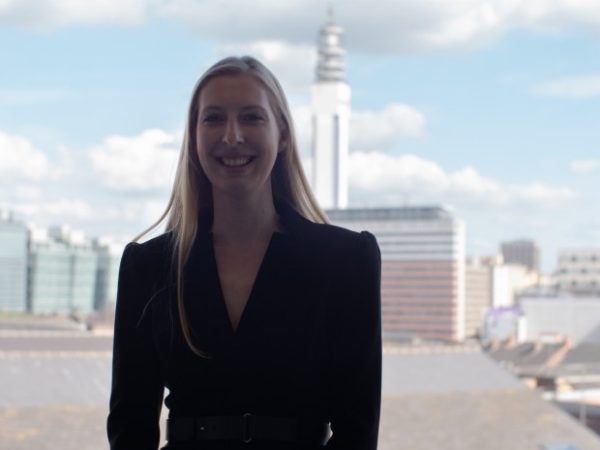
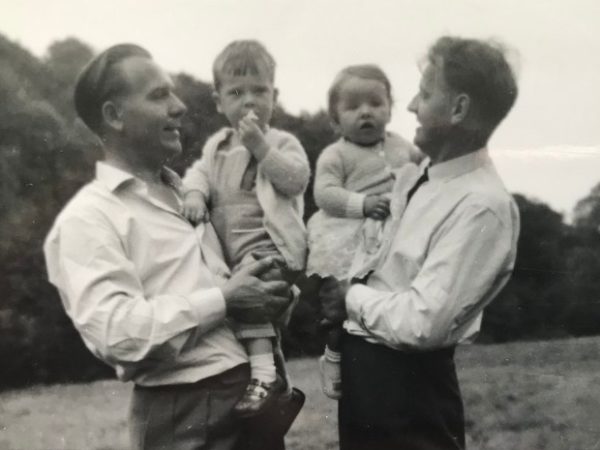
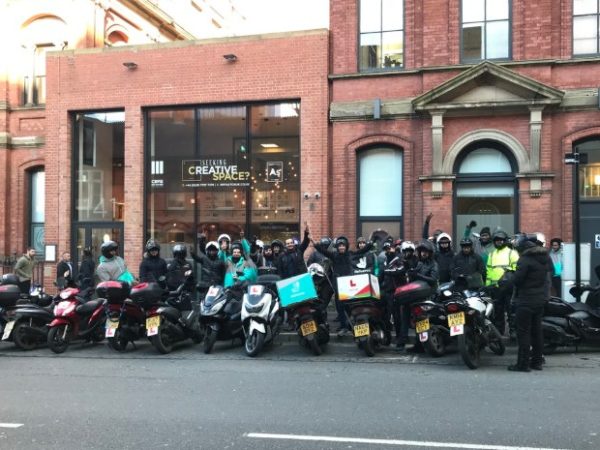
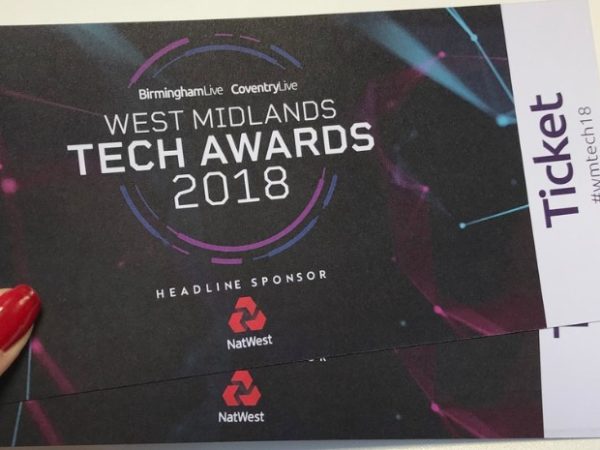
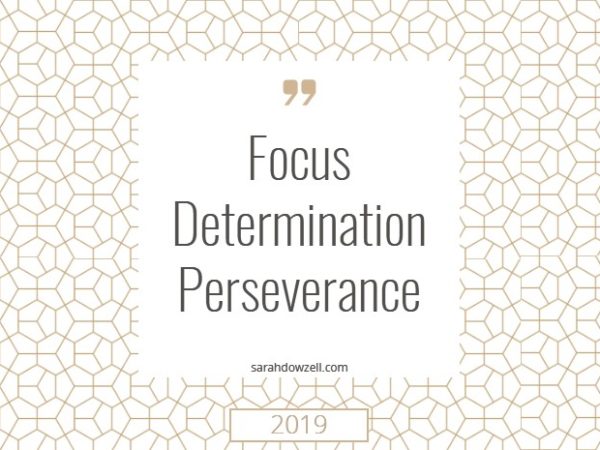
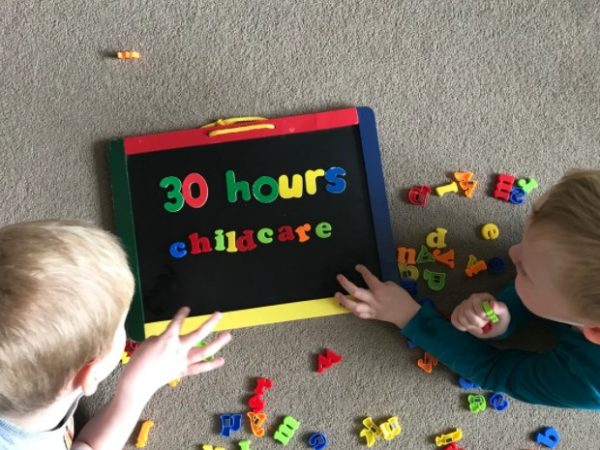

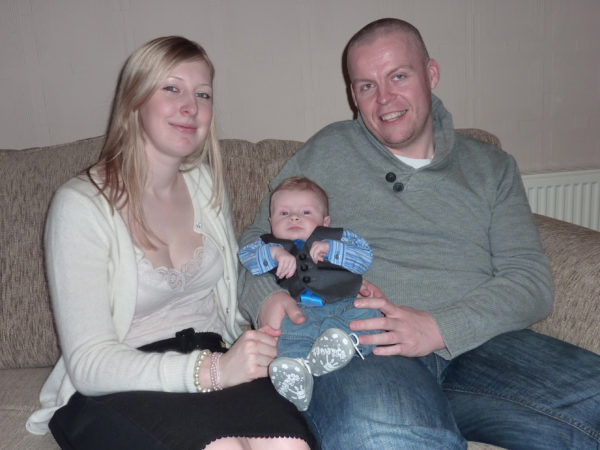


Recent Comments